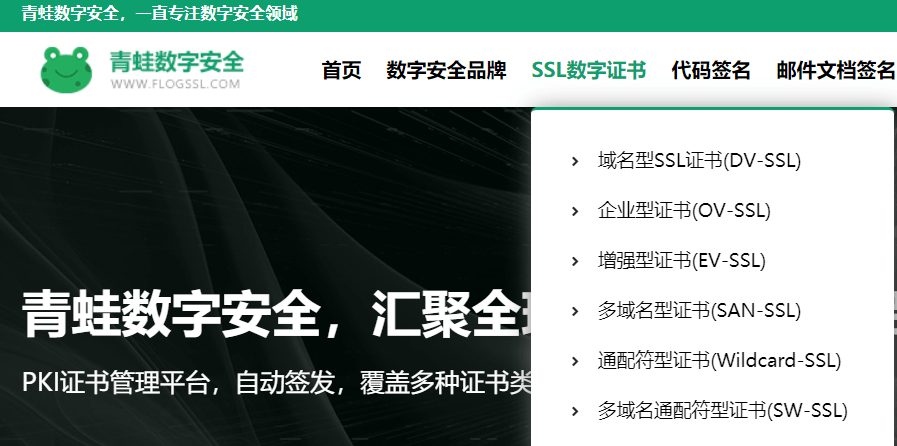Original title: What is a website security SSL certificate, and how does it ensure website security?

The website security SSL certificate proves to users that they are visiting a real website, not a fake website. The security certificate is provided after following the domain name ownership and business verification process. A verification process attempts to verify that the certificate is issued to the real enterprise and domain name. The main purpose of website certificate is to establish enterprise identity and prevent users from visiting fake websites.
Due to the increase of cyber crime, identity assurance is now required. Cybercriminals now fool users by luring them to visit a fake website. Once users visit such websites and enter their credentials, network thieves will get them and abuse the information.
In addition, the security certificate provides the security of the website, and establishes a secure channel between the client and the server, allowing secure online transactions. It builds trust in customers' minds and assures them that their information will remain secure on the website.
What is a website security certificate?
Website security certificate is sometimes called HTTPS certificate or SSL security certificate, which is a digital certificate that activates the HTTPS protocol. It is installed on the website server and provides encryption and third-party authentication according to the type you choose.
This certificate is issued by a certification authority (CA), which is a trusted third party. When the website owner or any other authorized person requests, this authority is authorized to sign, seal and issue SSL certificates. Then, according to the type of SSL security certificate requested, the CA verifies and issues the certificate after successful completion.
Why is website security certification important?

Website owners must invest in website security certificates to enhance security and credibility. Because the HTTPS certificate enables the HTTPS protocol, the client server communication is encrypted, preventing unauthorized third parties from intercepting data. Therefore, financial details, user names, passwords, and all other data are still accessible only to those who have private keys.
In addition to security, it also serves as a trust seal to tell users that your website is secure and has been verified by CA, thus improving the online reputation of the enterprise. In addition, it can also prevent criminals from impersonating the website, using the website to commit fraud or other crimes, and damaging your business reputation. On the contrary, it provides a channel for legitimate enterprises to voluntarily choose a more comprehensive verification process and win the trust of users.
This works very well for e-commerce enterprises and online service providers without physical offices. They can confirm their credibility and create more business by distinguishing themselves from fraudsters.
Finally, you can improve your SEO game by installing SSL certificates, because Google thinks it is a ranking signal. This is in pursuit of Google's HTTPS Everywhere initiative to make the Internet more secure by encouraging beneficial website owners to install SSL. If you quickly search for any word, you will see that all the top ranked websites are running on HTTPS.
How does a website security certificate work?
HTTPS certificates use the Transport Layer Security (TLS) protocol to encrypt client server communication, which is commonly referred to as SSL. Secure socket layer or SSL is out of date now, and we currently use TLS protocol. In order for HTTPS to work, a valid SSL/TLS certificate must be installed on the network server.
Then, whenever the browser attempts to communicate with the website, the communication starts with the TLS handshake -- in this process, the client verifies the server and purchases the public key. In this process, the server sends the SSL version, encryptor settings, session related data and other details to the client, which are necessary for communication through SSL.
After the authentication is successful, the client creates and sends the session key after encrypting it with the server's public key. The server then uses the public key to decrypt the received data. For each session, use a different session key to ensure that the two sides of the interaction are the people they claim to be. It also confirms that the data exchanged has not been changed during transmission.
 Go back to Sohu to see more
Go back to Sohu to see more
Editor in charge:









